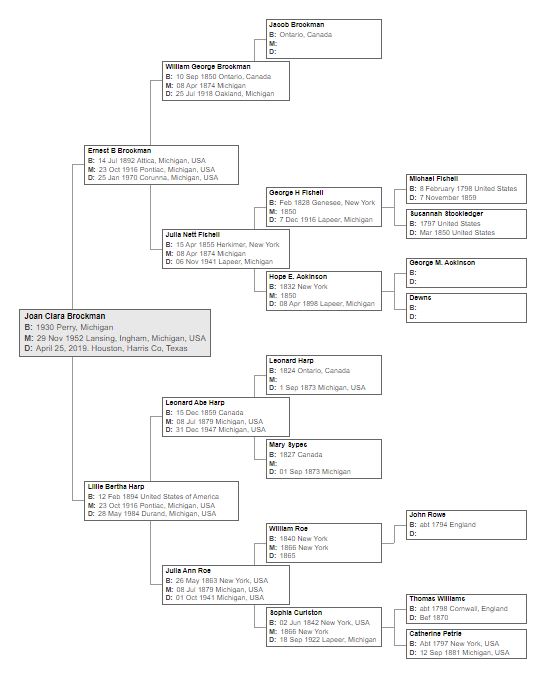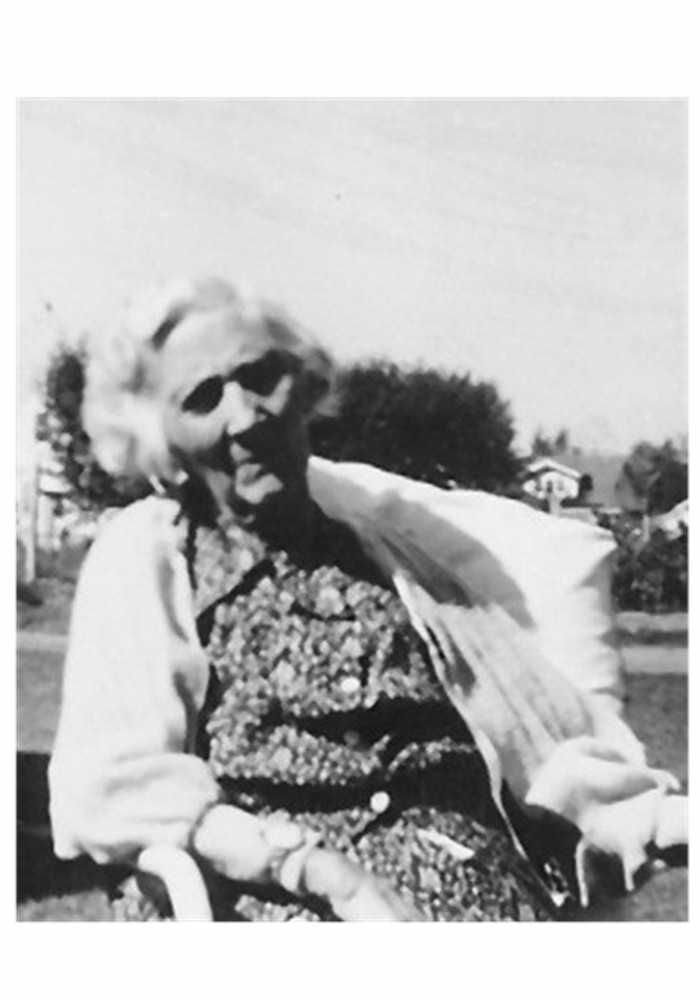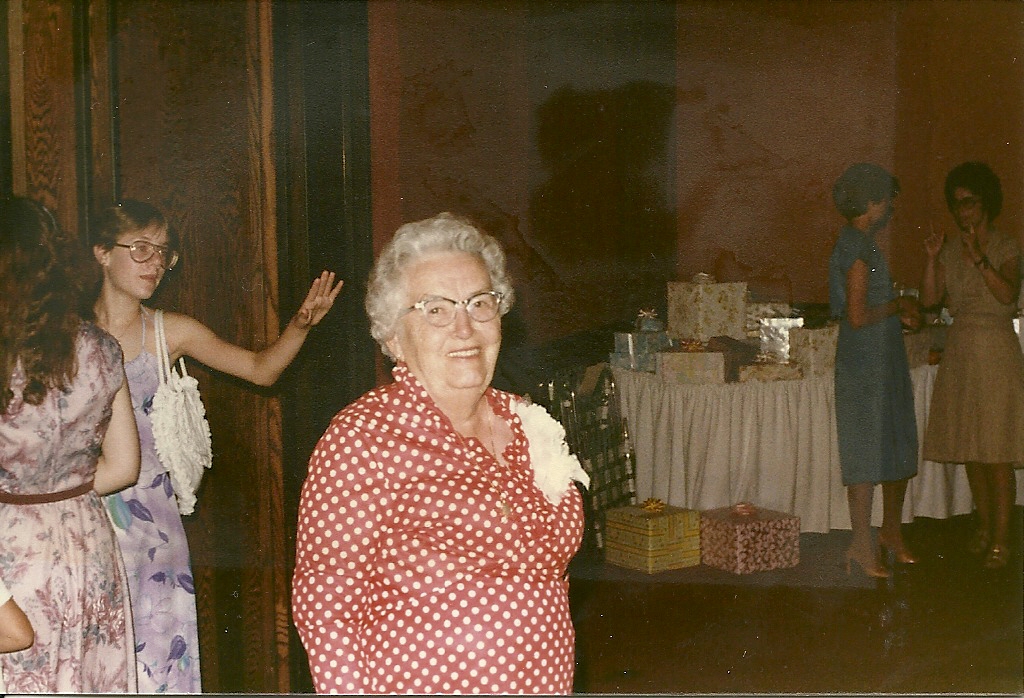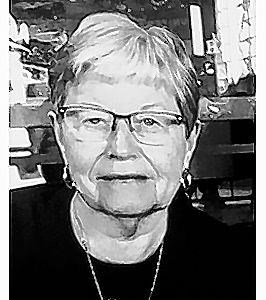
Ernest and Lillie Harp Brockman

The Brockmans and Harps emigrated from Canada to Michigan, shortly after the end of the Civil War. The Fishell family are descended from German immigrants to the Pennsylvania Dutch area near Philadelphia, in the early 1700s, and the Petries and Kesslers are descendants of Palatine German immigrants to the Hudson Valley in 1710.
Johann Jost Petrie came to New York in 1710 with the first immigrants from Germany to the New York area. The immigrants traveled through Holland to England, and with the help and support of Queen Ann, were sent to New York.
They boarded the ships on Christmas of 1709, but did not leave for New England until April. It was a big expense for England, to feed and pay for the passage over, and then to help them out with provisions and supplies when they arrived. Arrangements were made for the immigrants to build government storehouses and to make tar for export to pay their debts. This was poorly managed in the new settlements and caused a lot of resentments and disorder. The new immigrants only wanted to farm their own land and to pay back the Crown.
Johann was a soldier in Col. Nicholson’s expedition against French Canada in 1711. At this time the German Palatines were being housed and boarded in temporary camps along the Hudson River just north of New York City.
In 1715, Johan, his wife and family had relocated along with most of the Hudson Valley German colony to Schoharie, in the Mohawk Valley, where the baptism of their daughter Anna Gertrude is recorded. The grandmother, Anna Gertrude (von Ringh) Petri was a sponsor at the baptism.
In 1725, they were granted a small portion of the 9,400-acre Burnetsfield Patent which became known within the Mohawk Valley as the German Flats. The Petri lots were located in the center of what is now the city of Herkimer, New York.
Johan Jost Petri was magistrate of the village, when it was overrun by the French and Indians in 1757. Surviving a general massacre, and destruction of the livestock and buildings, he and his wife, and a son and his family were taken as captives to Canada. They are recorded on prisoner lists which note their release at the end of the war.
In addition to his duties as magistrate of the village, he was also a merchant and suppled goods to the British military. A record exists showing sales of supplies to the garrison at Ft. Oswego on Lake Ontario. His will was drawn in 1759, a copy of which still exists. He died in 1770 at the age of 84.
Johannes Nicholas Kessler and his wife, Anna Maria, were also with the Palatine German group in the Hudson Valley and later relocated to Herkimer. Their granddaughter, Catherine married Johannes Jost Petrie. That couple’s daughter and family relocated to Michigan in the 1870s.



